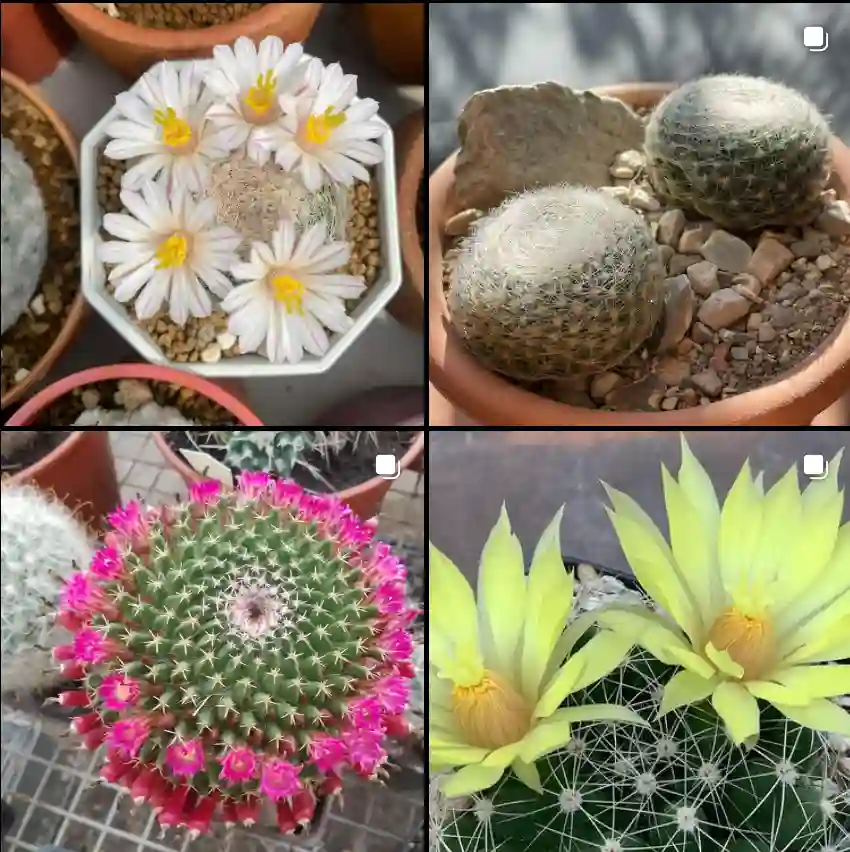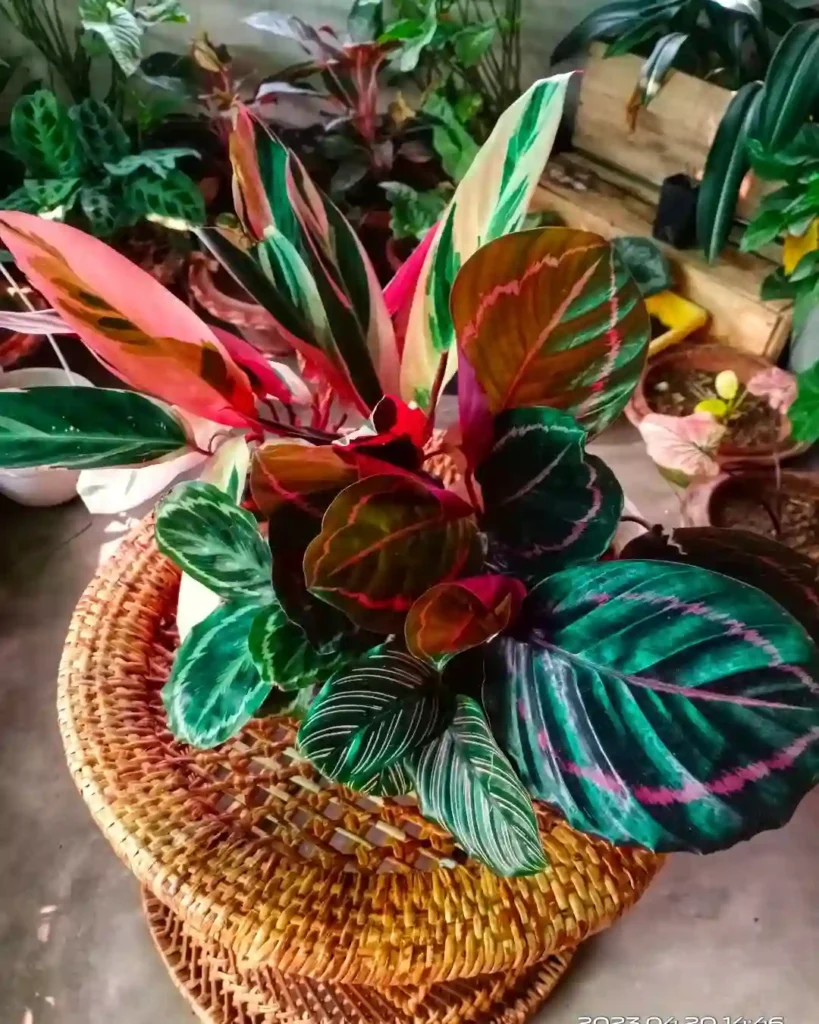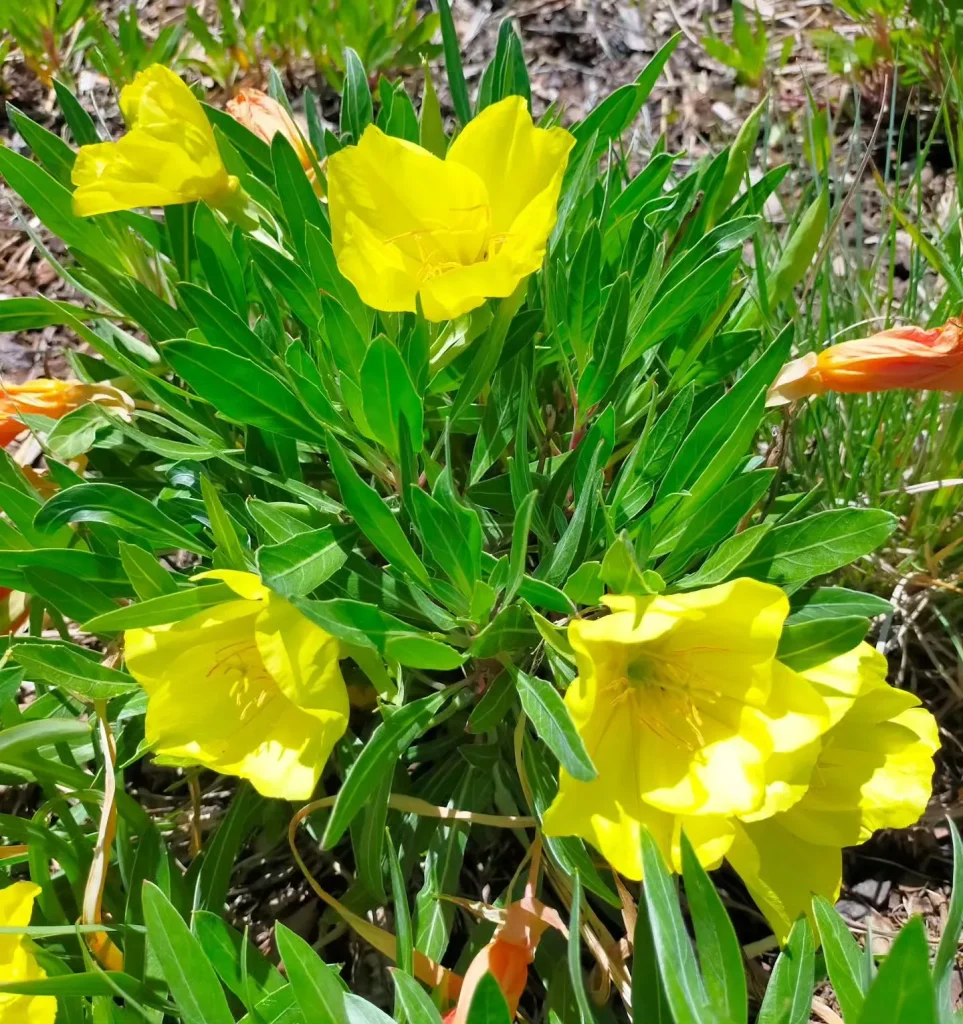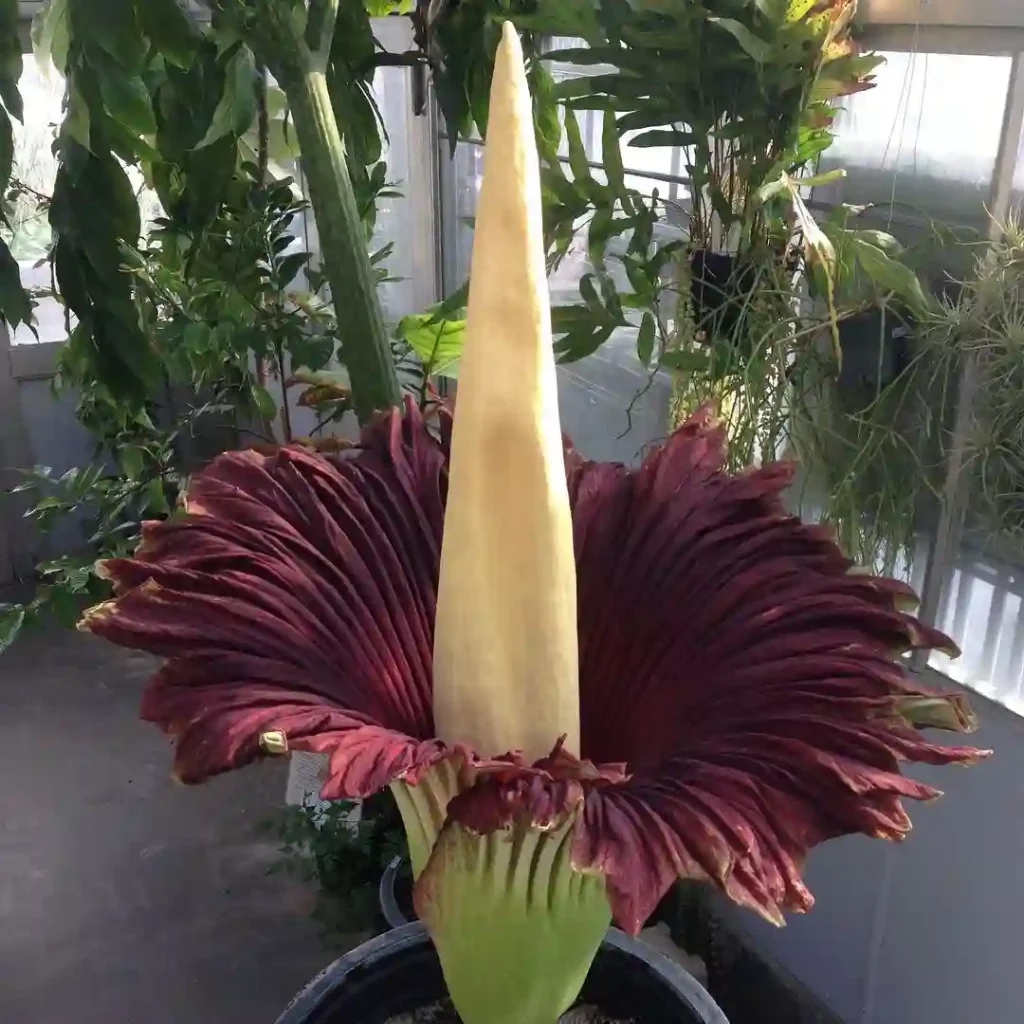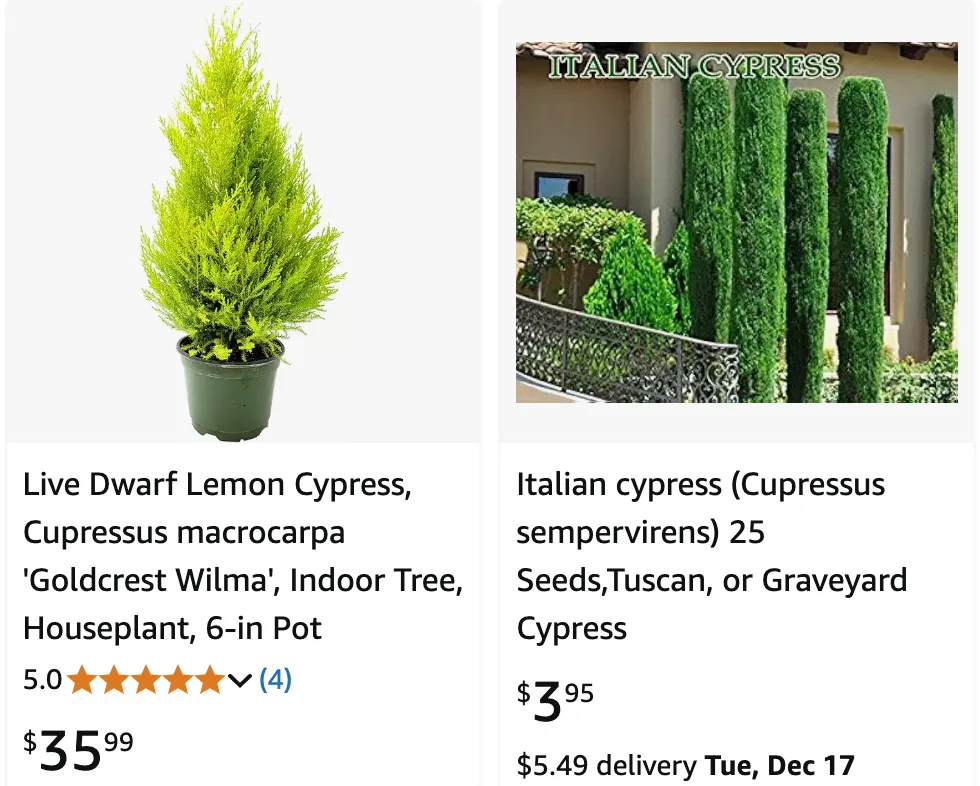
September 22 – Cupressus
"Cupressus, the cypress tree, represents September 22."
Cupressus symbolizes strength and longevity. You have a timeless quality and provide support to others. Like this evergreen, your presence is steadfast.
The Majesty of Cypress: A Personal Exploration of the Cupressus Genus
As a lifelong admirer of the natural world, I, Ferb Vu, find myself continually drawn to the stoic beauty and resilience of trees. Among my arboreal favorites is the Cupressus genus, more commonly known as cypress. These majestic evergreens belong to the Cupressaceae family, with their towering forms and fragrant foliage, have captivated civilizations for centuries, serving as symbols of longevity, resilience, and even mourning.
My fascination with cypress began in my youth, exploring the verdant landscapes. The sight of these stately trees punctuating the skyline, their silhouettes stark against the vibrant hues of the setting sun, left an indelible mark on my memory. It sparked a curiosity that has led me to delve deeper into the fascinating world of Cupressus.
A Diverse Family of Evergreens
The Cupressus genus encompasses a diverse group of trees, each with its unique characteristics and distribution. From the towering giants of the California redwoods to the more compact varieties found in the Mediterranean, these conifers exhibit a remarkable adaptability to various climates and terrains.
- Mediterranean Cypress (Cupressus sempervirens): Perhaps the most iconic member of the genus, this species is native to the eastern Mediterranean region. Its characteristic columnar shape and dark green foliage have made it a familiar sight in landscapes and cemeteries across the world. Plant FAQs: Cupressus Sempervirens
- Bhutan Cypress (Cupressus cashmeriana): This graceful species, native to the Himalayas, is admired for its pendulous branches and blue-green foliage. It is often cultivated as an ornamental tree in gardens and parks.
- Saharan Cypress (Cupressus dupreziana): This rare and endangered species is found only in the Tassili n’Ajjer mountains of southern Algeria. Its ability to survive in one of the harshest environments on Earth is a testament to its remarkable resilience.
- Cupressus atlantica Gaussen
- Cupressus austrotibetica Silba
- Cupressus chengiana S.Y.Hu
- Cupressus corneyana Knight & Perry ex Carrière
- Cupressus duclouxiana Hickel
- Cupressus fallax Franco
- Cupressus funebris Endl.
- Cupressus gansuensis Maerki & J.Hoch
- Cupressus majestica Duch.
- Cupressus rushforthii Maerki & J.Hoch
- Cupressus tonkinensis Silba
- Cupressus torulosa D.Don ex Lamb.
- Cupressus × wangii J.Hoch, Maerki & Rushforth
Cultural and Historical Significance
Beyond their botanical appeal, cypress trees hold a prominent place in human history and culture. In ancient civilizations, they were often associated with death and the underworld. The Greeks and Romans planted cypress in cemeteries, believing that their evergreen nature symbolized immortality. This association persists in many cultures today, where cypress trees remain a common sight in graveyards and memorial sites.
However, cypress also carries positive connotations. In some traditions, it represents longevity, strength, and resilience. Its durable wood has been used for centuries in construction, shipbuilding, and even the crafting of musical instruments. The essential oils extracted from cypress foliage are valued for their aromatic and therapeutic properties.
FAQs
What Does Cypress Smell Like?
What Color is Cypress?
The beauty of cypress trees lies in their evergreen foliage. Most varieties boast a rich green color that stays vibrant year-round. However, some species like the Leyland cypress have a more blue-green hue. As the trees mature, the foliage might transition from a soft, feathery green to a darker, more scale-like appearance.
Does Cypress Mulch Attract Termites?
Cypress mulch, made from shredded cypress wood, is a popular choice for landscaping due to its attractive reddish-brown color and slow decomposition rate. However, there’s a common concern about it attracting termites. While any wood product can potentially attract termites, cypress is naturally resistant to decay and pests thanks to the presence of cypress oil. In fact, some studies suggest cypress mulch might even repel termites due to the oil’s repellent properties.
Does Cypress Mulch Repel Bugs?
The same properties that make cypress wood resistant to decay might offer some level of insect deterrence. The cypress oil in the mulch can have a repellent effect on some common garden pests like slugs and snails. However, it’s important to note that the repellency is mild and may not work against all types of insects.
How to Pronounce Cypress?
Cypress is a relatively easy word to pronounce. The emphasis is on the first syllable, so it’s pronounced “CY-press,” with a short “i” sound.
How to Trim Cypress Trees?
Cypress trees are generally low-maintenance when it comes to pruning. However, if you want to maintain a specific shape or size, you can trim them lightly throughout the growing season. Avoid drastic cuts or shearing the entire tree, as this can damage its natural growth pattern. For best results, use sharp pruning shears and make clean cuts just above a bud or outward-facing branch.
Is Cypress Wood Expensive?
Cypress wood is known for its durability and rot-resistance, making it a valuable resource for construction and furniture making. Due to its high demand and slow growth rate, cypress wood can be more expensive than some other commercially available lumber options. However, its longevity and aesthetic appeal often justify the cost for specific projects.
Are Cypress Trees Toxic to Dogs?
While cypress trees are not considered highly toxic to dogs, some caution is advised. The leaves and branches contain small amounts of essential oils that can cause mild stomach upset or irritation if ingested in large quantities. If you suspect your dog has eaten a significant amount of cypress foliage, it’s best to consult a veterinarian.
Can You Cut the Top Off a Cypress Tree?
Cypress trees have a dominant central leader that dictates their upward growth. While it’s technically possible to cut the top off a cypress tree, it’s not generally recommended. Doing so can damage the tree’s natural growth pattern and potentially lead to disease or disfiguration. If you need to control the height of your cypress tree, consider alternative options like planting a dwarf variety or selectively pruning side branches to encourage a more compact shape.
How to Propagate Cypress Trees?
Propagating cypress trees can be done through two main methods: seeds or cuttings. Seed propagation takes longer and requires specific conditions for germination. Propagating from cuttings is a more reliable option for home gardeners. Select healthy, non-flowering shoots and take cuttings around 6-8 inches long. Remove the lower leaves and dip the cut end in rooting hormone before planting in a pot with a well-draining potting mix. Keep the soil moist and provide warmth and indirect sunlight for successful rooting.
Is Cypress Good Firewood?
Cypress wood can be a good firewood option due to its high burning density. This means it burns slowly and produces a good amount of heat. However, the cypress oil present in the wood can cause the fire to crackle and spit more than other types of firewood. Additionally, cypress trees are relatively slow-growing, so using them solely for firewood might not be the most sustainable option.
A Personal Connection
My own appreciation for cypress extends beyond its aesthetic and historical significance. I am drawn to its resilience, its ability to thrive in challenging environments, and its enduring presence in the landscape. Whether standing tall in a formal garden or clinging to a rocky cliff, cypress trees embody a sense of strength and perseverance that I find deeply inspiring.
In a world facing increasing environmental challenges, the Cupressus genus serves as a reminder of the importance of conservation and the interconnectedness of all living things. These magnificent trees, with their deep roots and towering canopies, play a vital role in maintaining ecological balance. They provide habitat for wildlife, prevent soil erosion, and contribute to the overall health of our planet.
As I continue to explore the natural world, I am certain that my fascination with cypress will only deepen. These remarkable trees, with their rich history, diverse forms, and enduring presence, offer a timeless source of inspiration and wonder.
